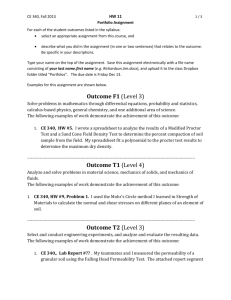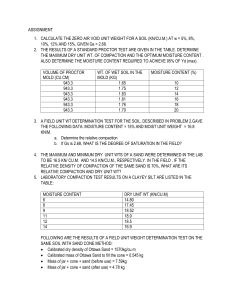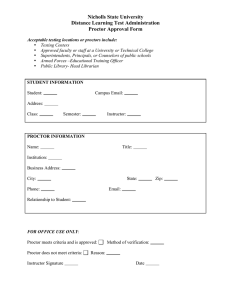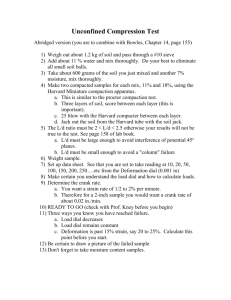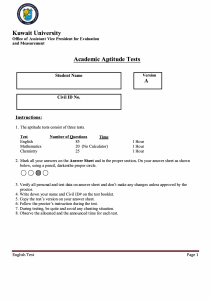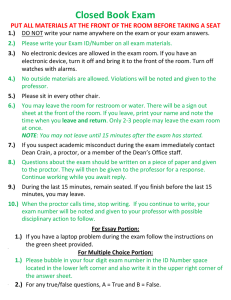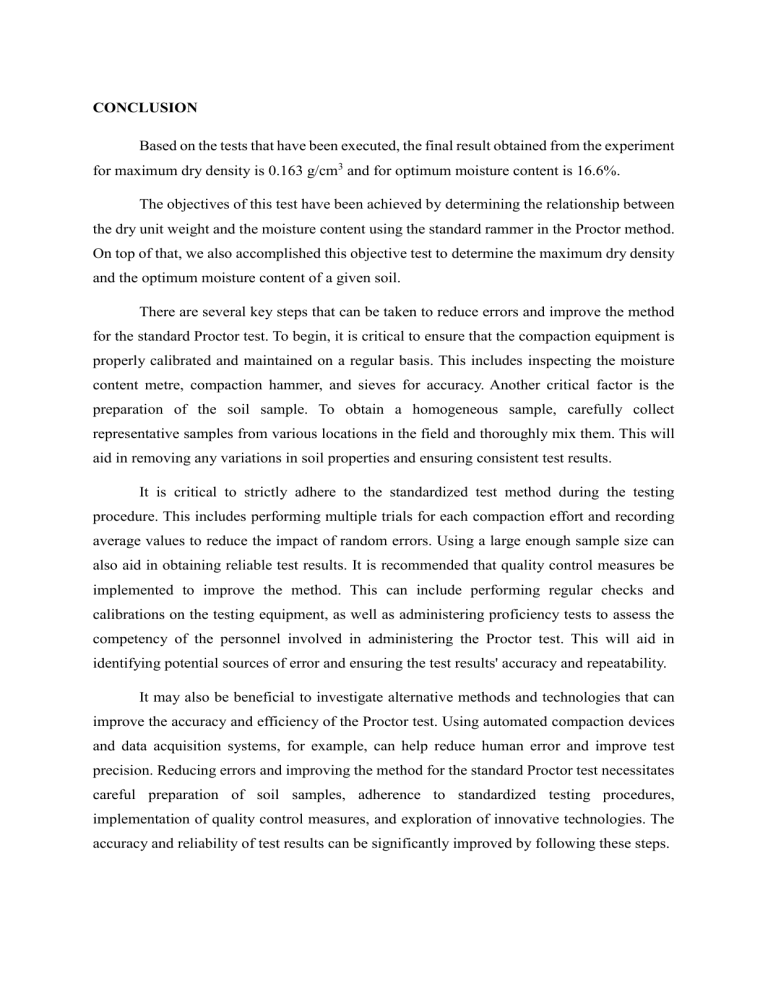
CONCLUSION Based on the tests that have been executed, the final result obtained from the experiment for maximum dry density is 0.163 g/cm3 and for optimum moisture content is 16.6%. The objectives of this test have been achieved by determining the relationship between the dry unit weight and the moisture content using the standard rammer in the Proctor method. On top of that, we also accomplished this objective test to determine the maximum dry density and the optimum moisture content of a given soil. There are several key steps that can be taken to reduce errors and improve the method for the standard Proctor test. To begin, it is critical to ensure that the compaction equipment is properly calibrated and maintained on a regular basis. This includes inspecting the moisture content metre, compaction hammer, and sieves for accuracy. Another critical factor is the preparation of the soil sample. To obtain a homogeneous sample, carefully collect representative samples from various locations in the field and thoroughly mix them. This will aid in removing any variations in soil properties and ensuring consistent test results. It is critical to strictly adhere to the standardized test method during the testing procedure. This includes performing multiple trials for each compaction effort and recording average values to reduce the impact of random errors. Using a large enough sample size can also aid in obtaining reliable test results. It is recommended that quality control measures be implemented to improve the method. This can include performing regular checks and calibrations on the testing equipment, as well as administering proficiency tests to assess the competency of the personnel involved in administering the Proctor test. This will aid in identifying potential sources of error and ensuring the test results' accuracy and repeatability. It may also be beneficial to investigate alternative methods and technologies that can improve the accuracy and efficiency of the Proctor test. Using automated compaction devices and data acquisition systems, for example, can help reduce human error and improve test precision. Reducing errors and improving the method for the standard Proctor test necessitates careful preparation of soil samples, adherence to standardized testing procedures, implementation of quality control measures, and exploration of innovative technologies. The accuracy and reliability of test results can be significantly improved by following these steps. The standard Proctor test on industrial applications is used to evaluate soil compaction characteristics and moisture-density relationships. This test assists engineers and industry professionals in determining the optimal moisture content and maximum dry density of soil, both of which are critical in the design and construction of various infrastructure projects. Understanding these properties allows for the selection of appropriate compaction methods to achieve desired soil compaction levels, ensuring structural stability, load-bearing capacity, and durability. The standard Proctor test is also useful for determining the suitability of various soil types for specific applications such as road embankments, building foundations, and earth dams. Industry professionals can use this test to make informed decisions, optimize construction processes, and improve the overall quality and performance of infrastructure projects.

